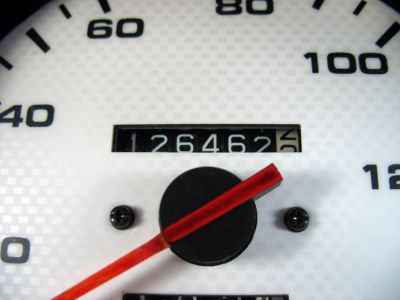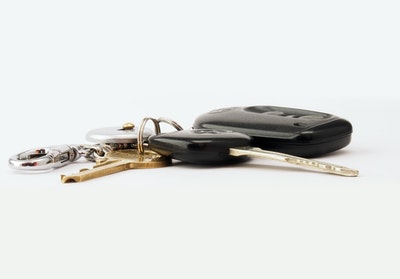5 Types of Credit Every Savvy Shopper Should Know About

Not all credit works the same way. Part of being a financially-aware savvy shopper is knowing exactly how different types of credit work and how to maximize them in the cheapest possible way.
At its core, credit is simply a lender providing a loan to a borrower. However, what sets the different types of credit apart is the way the borrower repays that money back.
These are the five types of credit that everyone should be aware of.
#1 Digital Credit Products
One of the latest forms of credit is the introduction of digital lending products. These products allow you to purchase items online and have them delivered but pay for them at a later date.
One of the major players in this sphere is ePayLater. Customers apply instant credit online with ePayLater, then pay the borrowed amount back within 14 days. Many digital credit products reward customers for timely repayments with discounts on future purchases, making them a valuable credit tool for regular online-shoppers.
#2 Credit Cards
Credit cards are a form of revolving credit. This means the credit has approved your borrowing of a set amount, known as your credit limit. You can spend up to this amount whenever you need to, providing you pay the creditor at least the minimum amount every month and do not exceed the stated limit.
This is known as revolving credit because you can spend the credit, pay it off, then re-spend it as many times as you like. Providing you keep up with the monthly repayments, the credit is always available to you.
#3 Overdrafts
Bank overdrafts are an agreement with your banking provider that allows you to spend additional credit once your bank account has fallen to zero. The size of this credit will depend on your account history.
Overdrafts, however, usually incur interest charges. Therefore, they are often a more expensive line of credit than many other forms on this list and are most often used merely as a safety net.
#4 Higher Purchase Agreement
A higher purchase agreement is a type of installment credit most often used during the purchase of a large, expensive item. For example, if you are purchasing a home, you take out a mortgage from a bank. You are then expected to make monthly payments to the bank.
If you fall behind with those payments, the lender can take possession of the goods you bought with the credit. In the case of a mortgage, this is the property.
#5 Unsecured Loans
An unsecured loan is another type of credit. The lender provides the borrower with a set amount, which they are free to spend in any way they like.
They are unsecured because, unlike with a higher purchase agreement, the loan is not secured with possession as collateral. This means that if the borrower falls behind on their monthly loan repayments, the lender cannot repossess any property that the borrower owns.
Unsecured loans are paid off in several regular installments over a fixed period of time.
Your reasons for seeking credit will largely determine which form of credit product you need, and which is best suited for your purpose. Just be aware of all the conditions of your credit agreement before you sign to avoid any unexpected surprises.
Which types of credit are you using?






